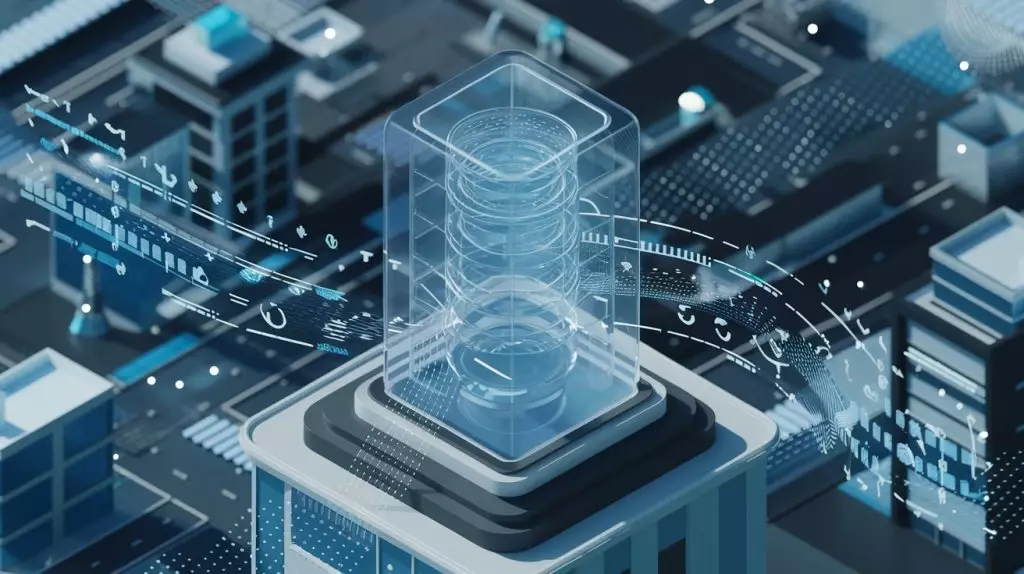In the realm of artificial intelligence (AI), the transformer architecture has emerged as the cornerstone for a myriad of applications, reshaping how we interact with technology. From language models such as GPT-4o and Claude to various tasks ranging from image generation to speech recognition, transformers have proven to be indispensable. The increasing integration of transformer-based models necessitates a deeper understanding of their functionality, significance, and their overarching influence on AI progress.
A transformer, at its core, is a neural network architecture tailored for sequence data modeling. This particular capability makes it a vital tool for handling tasks that require an understanding of context over sequential inputs, such as translating languages or even completing sentences. The foundation of this architecture rests on an advanced attention mechanism, which allows for the efficient processing of extensive datasets by enabling parallelization—an attribute that is transformative for both training and inference in large-scale AI models.
Transformers were introduced by a groundbreaking paper titled “Attention Is All You Need” by researchers from Google in 2017. Initially conceived for language translation, this encoder-decoder framework set the stage for a new wave of language models. Just a year later, Google unveiled BERT (Bidirectional Encoder Representations from Transformers), widely regarded as one of the first true large language models (LLMs). Despite its now relatively small scale, BERT laid the groundwork for the relentless expansion of model sizes and capabilities that we witness today.
The rush to create larger models has been accelerated by several key advancements, including improvements in GPU technology, sophisticated multi-GPU training techniques, and innovations in training algorithms. As a result, the size and complexity of AI models have increased, illustrating a trend towards leveraging more parameters and extensive datasets for better performance. Notable techniques like quantization and mixture of experts (MoE) have further contributed to optimizing memory use, allowing researchers to push boundaries previously thought unattainable.
Transformers can be categorized into encoder-decoder models or decoder-only variants, depending on the application. The encoder’s role is to translate the input data into a latent vector representation, which can subsequently be utilized for various tasks such as classification or sentiment analysis. In contrast, the decoder takes this representation and generates new text, facilitating tasks like summarization and sentence completion.
Understanding the importance of the attention layer is crucial for grasping how transformers work. The attention mechanism is divided into self-attention and cross-attention. Self-attention captures relationships within a single sequence, while cross-attention identifies relationships across multiple sequences. This distinction is particularly vital during translation tasks where context plays a critical role—allowing, for instance, the accurate translation of the word “strawberry” into “fraise” in French, by relating components from both languages.
The efficiency of the attention mechanism elevates transformers above previous architectures like recurrent neural networks (RNNs) and long short-term memory (LSTM) models. As these earlier models struggle to retain context over long sequences, transformers excel in maintaining relationships, making them the preferred choice for many applications requiring complex language understanding.
The landscape of AI continues to evolve, with transformers currently dominating the research and development scene. However, new models are emerging, particularly state-space models (SSMs) such as Mamba, which show promise in processing exceedingly long sequences, an area where traditional transformers face limitations due to their fixed context windows. This development signals a potential diversification of AI architectures that could cater to specific needs more efficiently.
Perhaps the most thrilling prospect within the transformer framework is the advent of multimodal models. OpenAI’s GPT-4o exemplifies this innovation by integrating text, audio, and image processing capabilities. This adaptability opens doors to a broad spectrum of applications. Multimodal models not only enhance user interaction but also democratize AI accessibility, particularly for individuals with disabilities. Imagine a blind user being able to communicate seamlessly through voice commands, or navigate their reality with AI-driven audio descriptions—transformers are paving the way for such impactful use cases.
Transformers have undeniably transformed the AI landscape, serving as the backbone for contemporary models and applications. Their unique architecture, driven by attention mechanisms, has rendered them paramount in the contexts of sequence modeling. As we push towards more intricate and inclusive AI functionalities, understanding and harnessing the power of transformers will be crucial for continued technological evolution. The future is bright for this transformational architecture, with potential applications expanding rapidly across various domains, creating a rich tapestry of opportunities yet unexplored.


Leave a Reply